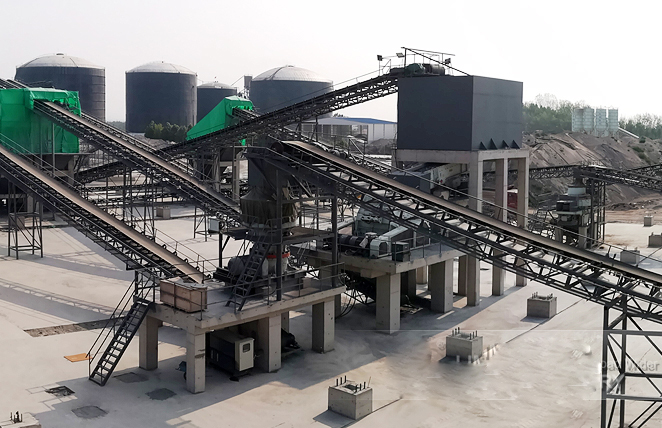Cement mills and raw mills are both critical components in the cement manufacturing process, but they serve different purposes and have distinct operational characteristics. Here’s a breakdown of their key differences:
1. Purpose & Function
– Raw Mill:
– Used to grind raw materials (e.g., limestone, clay, iron ore) into a fine powder called raw meal.
– The raw meal is then fed into a kiln for clinker production.
– Ensures proper blending and homogenization of raw materials before pyroprocessing.
– Cement Mill:
– Grinds clinker (produced in the kiln) along with additives like gypsum, fly ash, or slag into finished cement.
– Determines the final product’s fineness, strength, and setting properties.
.jpg) 2. Feed Material
2. Feed Material
– Raw Mill: Processes natural raw materials (hard & abrasive).
– Cement Mill: Processes clinker (hard but less abrasive than raw materials) + additives.
3. Grinding Mechanism
– Both may use ball mills, vertical roller mills (VRM), or roller presses, but:
– Raw Mills often deal with higher moisture content in feed (may require drying).
– Cement Mi focus on achieving ultra-fine particles for better cement quality.
focus on achieving ultra-fine particles for better cement quality.
4. Temperature & Drying Needs
– Raw Mill: Often incorporates a preheater/drying chamber to handle moist feed.
– Cement Mill: Operates at lower temperatures since clinker is already calcined.
5. Product Fineness
– Raw Meal: Typically ground to ~10–15% residue on a 90-micron sieve.
– Cement: Much finer (~1–5% residue on a 45-micron sieve).
6. Energy Consumption
– Raw milling consumes slightly less energy than cement milling due to different material hardness and fineness requirements.
7. Output Use
– Raw mill output → Kiln (for clinker production).
– Cement mill output → Packing/silos (for final cement distribution).
Summary Table:
| Feature | Raw Mill | Cement Mill |
|——————|———————————–|———————————-|
| Purpose | Grind raw materials into raw meal | Gr




